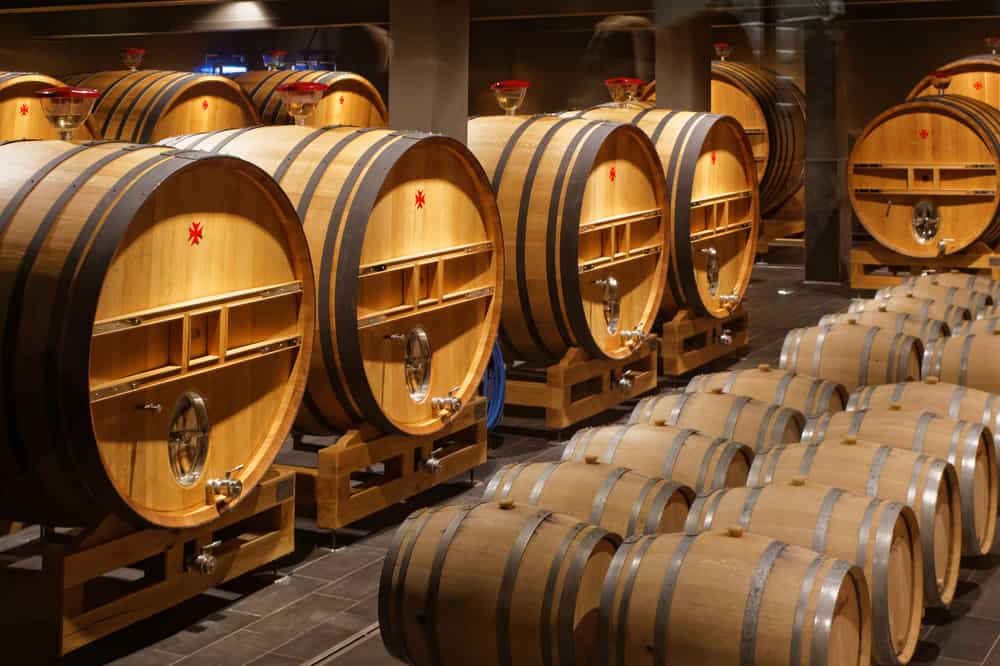Located ninety miles northeast of Paris, Reims was magnificent before the first World War, when most of its historical buildings were flattened and replaced by more modern buildings.
Today, the greatest of the remaining historical buildings is the Cathedrale Notre-Dame, blessedly spared; from the first French king through Charles X in 1825, coronations were held here and only here.
Known for champagne above all, Reim has a veritable maze of cellars you can tour. And there are a number of fine art museums with remarkable and historical works.
The Cathedral Notre-Dame in Reims
The earliest church on the site of the Cathedral is where Clovis, the first Frankish king, was coronated. French kings followed suit, one by one, until a French king was not considered legitimate until he was crowned here.

Joan of Arc made the Cathedral of Reims her main goal, fighting the English until her Dauphin, Charles VII, could be crowned. Charles X was coronated in 1825, after the French monarchy was reinstated when Bonaparte was defeated.
Even without the history that permeates its stones, the cathedral is a sight not to be missed. In summer, light shines through the church to light up as far back as the nave, and the east end is paned with stained glass by Marc Chagall. Toward the west end, you can see classic pointed arches lining the hall like ribs. But the most glorious part of the cathedral is its facade.
Designed in such a way that from a distance you don’t realize how enormous the cathedral really is. As you get closer you can make out the varied artworks on the outside. The Laughing Angel whose laugh is slowly melting into an acid-rain scowl. The 15th century towers. The beautiful gardens and lawns.
The Cathedral Notre-Dame is open daily to visitors.
Champagne cellars
Some of the finest champagne in the world is made by Reims producers. Many of them throw open their cellars to tours.

The Taittinger cellars are the most magnificent, with an extensive tour followed by a degustation, or tasting. Many of the champagnes can be ordered at local restaurants as well.
Historical places in Reims
Reims has a deep and ancient history, and it’s a pity that many of their historical sites were destroyed in the world wars. But the history that’s still here is undoubtedly some of the best.
The Basilique St-Remi is dark and seems to stretch forever before you into the dimness, but has a Gothic choir with original 12th century stained glass and is light and airy.

The Palaise du Tau, originally the Archbishop’s palace, houses antique tapestries and coronation robes from many French kings, as well as some of the statuary of Notre-Dame rescued before they fell from their perches. You can get a great view of the Cathedral from the second floor here.
The Roman history of Reims is also easy to find, with the Cryptoportique, an underground gallery and crypt constructed in about 200 AD under the forum of that time. And the Porte Mars, a triumphal arch, was constructed at about the same time, and is decorated with bas-reliefs of Jupiter, Romulus, and Remus
In the other direction of history, the Salle De Reddition, or Surrender Room, is located near the train station. This is where the German surrender in World War II was signed off on by General Jodl, and is still covered by maps hailing back to the day when it was used by Eisenhower as a headquarters after D-Day.
Places to stay and eat
Reims is large, and it’s not hard to find dining or lodging here. One of the best is the Boyer, a 19th century chateau run by celebrated chef Gerard Boyer. The Vigneron, a brasserie in a 17th century mansion, is decorated with champagne paraphernalia, and serves hearty and inexpensive food.
You’ll be able to find everything else here, though, from McDonalds to Holiday Inn.
